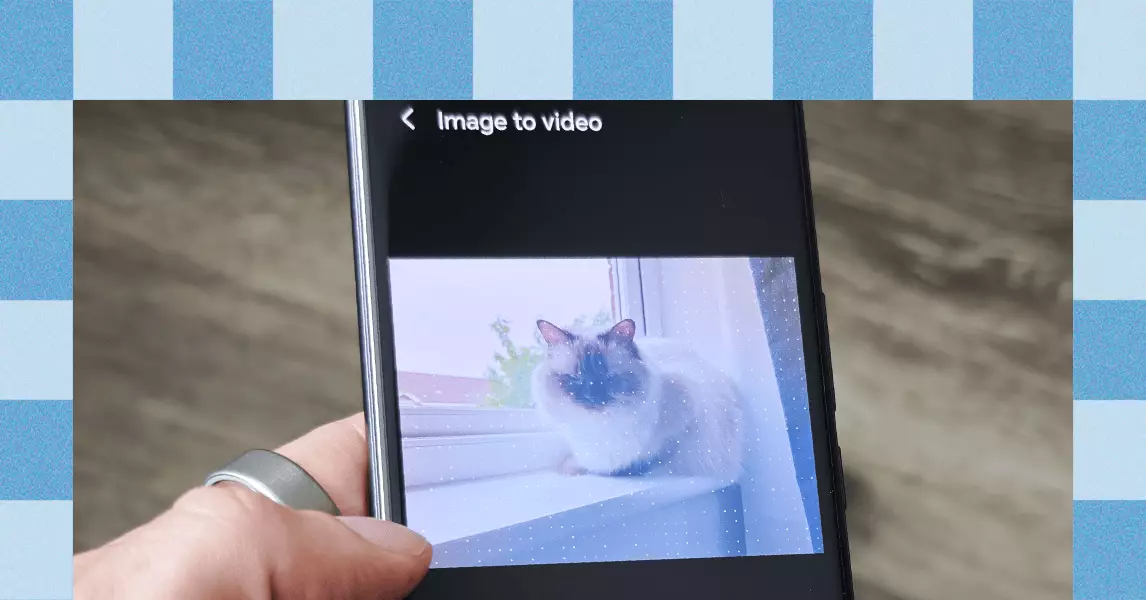In the highly competitive smartphone market, midrange devices are often overlooked in favor of flagship models flaunting the latest technology. However, the Honor 400 and Honor 400 Pro are garnering attention not just for their price point, but for incorporating Google’s groundbreaking image-to-video AI generator, Veo 2. This feature, exclusive to these models outside of the U.S., propels Honor into a league of its own, providing a glimpse into the future of mobile imaging. The inclusion of such advanced technology in midrange phones signals a transformative shift in how consumers view and interact with their devices.
The Magic and Madness of AI Animation
The transformation of a static photo into a lively five-second video has both enchantment and unsettling implications. The capability to animate still images can provoke awe, yet it simultaneously raises ethical questions. What does it mean for authenticity when we can manipulate our memories so fluidly? While plenty of photo-editing tools have allowed users to enhance images for years, this technology takes manipulation to an entirely new level. The risks involved in misrepresenting individuals or moments become more palpable as our definition of reality shifts further away from genuine experiences.
The User Experience: Promise Meets Pitfalls
Utilizing the Gallery app on the Honor 400 series is intuitive, but the experience is not devoid of drawbacks. As users dive into the animation process, they quickly realize that the AI’s output is unpredictable. Although the procedure is designed to be user-friendly—selecting a photo, picking the aspect ratio, and hitting the start button—the results can evoke more concern than curiosity. Users might find themselves grappling with the disappointment of poorly rendered animations that feel more like nightmares than dreams.
For instance, the creator’s experience with family photos illustrates the uncanny valley effect, where animations can resemble but ultimately distort the original images. Such discrepancies might evoke amusement, horror, or, at times, profound unease. Observing a loved one animated in a fidgety, unrealistic manner can prompt questions about the emotional impact of depicting our lives through such artificial lenses.
The Future of Digital Memories
As our interactions with AI become increasingly sophisticated, the lines between reality and artificial constructs will blur. Are we merely enhancing our storytelling, or are we erasing the authenticity of those experiences? The dual-edged nature of this technology calls for a nuanced conversation about its implications. The emergence of AI-generated videos highlights a cultural shift where perception often supersedes reality.
In an era where social media thrives on curated personas, this technology could either introduce creation opportunities or deepen the pitfalls of fabrication. As exploration continues, consumers must critically assess how they wield such capabilities, navigating a landscape rife with potential for both innovation and deception. The excitement over the Honor 400 and 400 Pro serves as a reminder that novelty should always be tempered by mindfulness in using these transformative tools.

